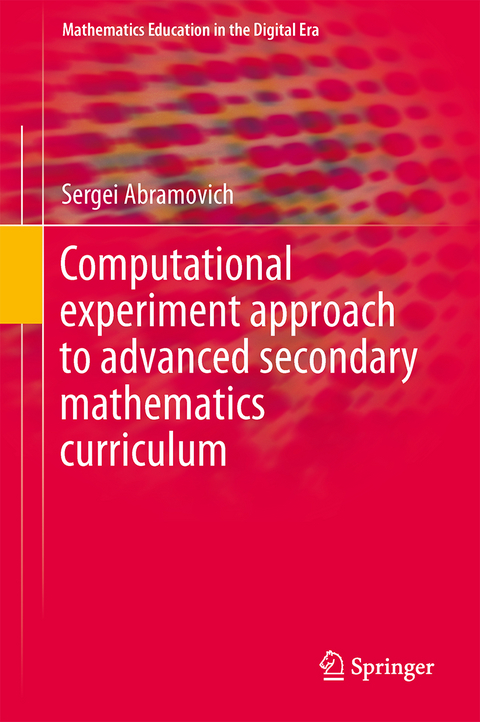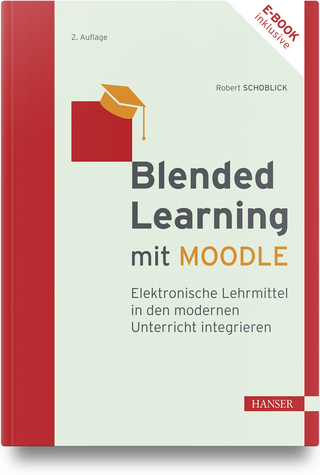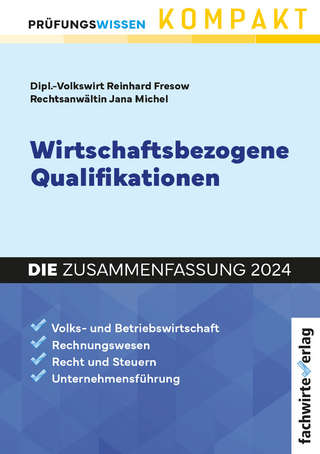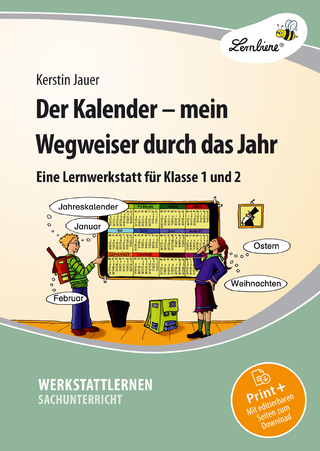Computational Experiment Approach to Advanced Secondary Mathematics Curriculum
Seiten
2014
|
2014 ed.
Springer (Verlag)
978-94-017-8621-8 (ISBN)
Springer (Verlag)
978-94-017-8621-8 (ISBN)
This book promotes the experimental mathematics approach in the context of secondary mathematics curriculum by exploring mathematical models depending on parameters that were typically considered advanced in the pre-digital education era. This approach, by drawing on the power of computers to perform numerical computations and graphical constructions, stimulates formal learning of mathematics through making sense of a computational experiment. It allows one (in the spirit of Freudenthal) to bridge serious mathematical content and contemporary teaching practice. In other words, the notion of teaching experiment can be extended to include a true mathematical experiment. When used appropriately, the approach creates conditions for collateral learning (in the spirit of Dewey) to occur including the development of skills important for engineering applications of mathematics. In the context of a mathematics teacher education program, the book addresses a call for the preparation of teachers capable of utilizing modern technology tools for the modeling-based teaching of mathematics with a focus on methods conducive to the improvement of the whole STEM education at the secondary level. By the same token, using the book’s pedagogy and its mathematical content in a pre-college classroom can assist teachers in introducing students to the ideas that develop the foundation of engineering profession.
Preface.- 1. Theoretical foundations of computational experiment approach to secondary mathematics.- 2. One-variable equations and inequalities: the unity of computational experiment and formal demonstration.- 3. Computationally supported study of quadratic functions depending on parameters.- 4. Computational experiment approach to equations with parameters.- 5. Inequalities with parameters as generators of new meanings.- 6. Computational experiments in trigonometry.- 7. Advancing stem education through temp: Geometric probabilities.- 8. Exploring topics in elementary number theory through a computational experiment.- References.
| Erscheint lt. Verlag | 22.5.2014 |
|---|---|
| Reihe/Serie | Mathematics Education in the Digital Era ; 3 |
| Zusatzinfo | 252 Illustrations, black and white; XV, 325 p. 252 illus. |
| Verlagsort | Dordrecht |
| Sprache | englisch |
| Maße | 155 x 235 mm |
| Themenwelt | Schulbuch / Wörterbuch ► Unterrichtsvorbereitung ► Unterrichts-Handreichungen |
| Mathematik / Informatik ► Mathematik ► Analysis | |
| Mathematik / Informatik ► Mathematik ► Computerprogramme / Computeralgebra | |
| Sozialwissenschaften ► Pädagogik ► Schulpädagogik / Grundschule | |
| ISBN-10 | 94-017-8621-6 / 9401786216 |
| ISBN-13 | 978-94-017-8621-8 / 9789401786218 |
| Zustand | Neuware |
| Haben Sie eine Frage zum Produkt? |
Mehr entdecken
aus dem Bereich
aus dem Bereich
elektronische Lehrmittel in den modernen Unterricht integrieren
Buch (2024)
Hanser, Carl (Verlag)
49,99 €
die Zusammenfassung
Buch | Softcover (2023)
Fachwirteverlag
24,80 €
eine Lernwerkstatt für Klasse 1 und 2
Buch (2023)
Lernbiene (Verlag)
25,90 €




